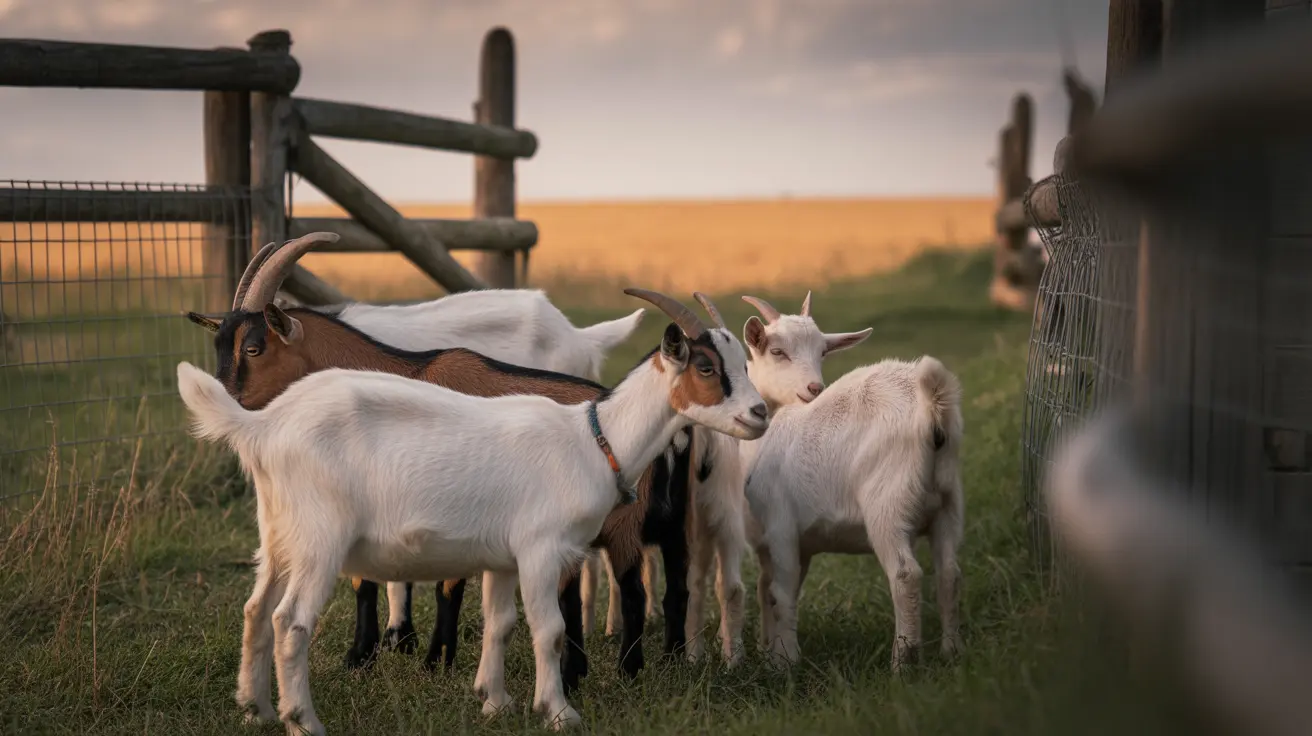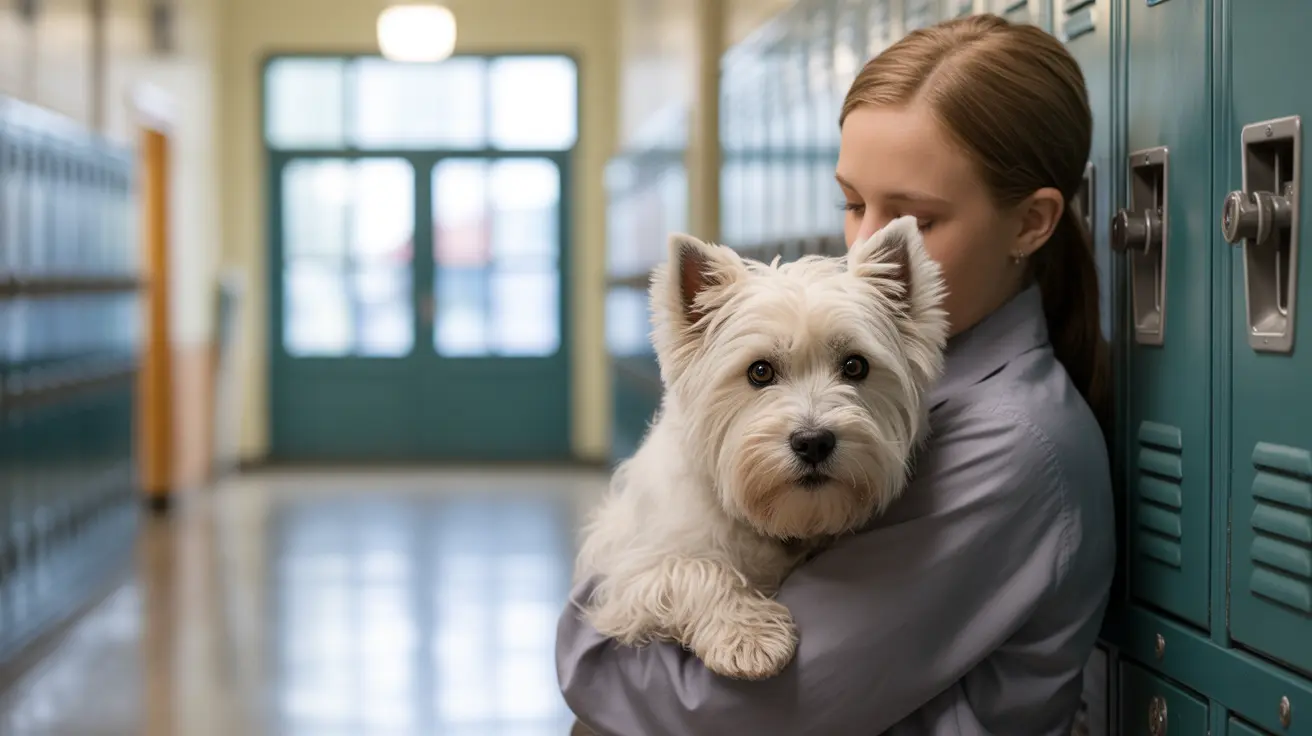In recent years, teacup cats have captured the attention of pet lovers seeking tiny, forever-kitten companions. These miniature felines, particularly popular among Persian cat variants, are marketed as adorable pocket-sized pets. However, there's much more to understand about these diminutive cats than what meets the eye.
While their small size may seem charming, teacup cats are not officially recognized as a distinct breed by major feline organizations like The Cat Fanciers' Association (CFA) or The International Cat Association (TICA). Instead, they're the result of selective breeding practices that often prioritize size over health and well-being.
Understanding Teacup Cats: Definition and Origins
Teacup cats are essentially miniaturized versions of standard cat breeds, typically weighing significantly less than their normal-sized counterparts. While there's no standardized size requirement, these cats are deliberately bred to maintain an extremely small stature, often through controversial breeding practices.
The term "teacup" is primarily a marketing strategy, similar to the naming convention used for miniature dog breeds. These cats can command premium prices, with some breeders charging anywhere from $500 to $2,000 per kitten.
Health Challenges and Medical Concerns
The intentional breeding for miniature size comes with severe health implications. Teacup cats frequently experience a range of medical issues, including:
- Cardiovascular problems
- Bone and joint vulnerabilities
- Difficulty regulating body temperature
- Increased risk of dental disease
- Neurological disorders, including epilepsy
- Compromised immune systems
These health challenges often result in frequent veterinary visits and substantial medical expenses throughout the cat's life. Many teacup cats require specialized care and monitoring from an early age.
The Ethics of Teacup Cat Breeding
The breeding practices used to produce teacup cats raise significant ethical concerns. Most reputable breeders and veterinarians oppose the intentional breeding of these miniature cats due to the associated health risks and welfare issues.
Inbreeding, one of the primary methods used to achieve the tiny size, can lead to genetic defects and inherited health problems. This practice is widely considered a form of animal abuse by many animal welfare organizations.
Special Care Requirements and Considerations
Owning a teacup cat requires dedicated attention and specialized care. These diminutive felines need:
- Regular veterinary check-ups
- Carefully controlled environmental temperatures
- Special dietary considerations
- Gentle handling due to fragile bone structure
- Modified living spaces to prevent injuries
Potential owners should be prepared for the additional time, effort, and financial commitment required to properly care for these vulnerable pets.
Healthier Alternatives to Consider
For those attracted to smaller cats, several naturally petit breeds offer healthier alternatives to teacup varieties. Consider these options:
- Singapura cats (naturally small breed)
- Abyssinians (compact but healthy)
- Adult cats of smaller stature from shelters
- Standard-sized Persian cats
- Munchkin cats (though they also have some health considerations)
Frequently Asked Questions
What are the most common health problems in teacup cats?
Teacup cats commonly suffer from cardiovascular issues, bone and joint problems, temperature regulation difficulties, dental disease, and neurological disorders. Their small size makes them particularly vulnerable to injuries and various genetic health conditions.
How do I identify a responsible breeder for teacup cats?
Responsible breeders should provide complete health records, allow you to see the parents and living conditions, offer genetic health guarantees, and ask questions about your home environment. However, most reputable breeders avoid breeding teacup cats due to health concerns.
What special care do teacup cats require compared to regular cats?
Teacup cats need more frequent veterinary check-ups, carefully controlled environmental temperatures, specialized diets, and extra precautions to prevent injuries. They also require more careful handling due to their fragile bone structure.
Why are teacup cats not recognized as an official breed by major cat organizations?
Major cat organizations don't recognize teacup cats because they're not a distinct breed but rather the result of selective breeding for extremely small size, often through practices that can compromise the cats' health and well-being.
What are some healthier alternatives to teacup cats for pet owners who prefer smaller cats?
Healthier alternatives include naturally small breeds like the Singapura and Abyssinian, adopting adult cats that are naturally smaller in size, or considering standard-sized Persian cats. These options offer the appeal of a smaller cat without the health risks associated with teacup breeding.
Conclusion
While teacup cats may appear irresistibly cute, the serious health risks and ethical concerns surrounding their breeding should give potential owners pause. Consider exploring naturally small cat breeds or adopting from shelters instead, prioritizing the long-term health and welfare of these beloved pets over their size.






